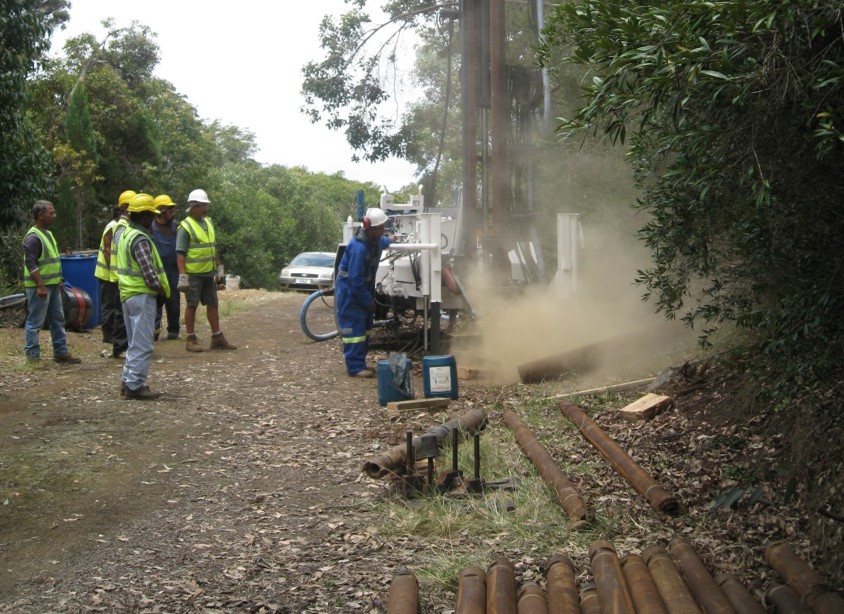
Mill Test Reports (MTRs): What They Are and Why They Matter for Metal Fabrication
Mill Test Reports (MTRs), also referred to as materials test reports or metallurgical test reports, play a crucial role in the metal fabrication industry. These reports provide essential information about the physical and chemical properties of materials, ensuring that metals used in production meet industry standards. By doing so, MTRs help prevent costly errors and product failures.
MTRs verify key material properties, such as chemical composition, yield strength, and grade, to ensure they match the specified requirements. This verification is critical in preventing material mix-ups and failures like accelerated corrosion or mechanical breakdowns. Without MTRs, the risk of defects in the final product increases significantly, which makes them indispensable for maintaining quality assurance.
Key Information Found in MTRs: Composition and Mechanical Properties
An MTR typically contains detailed information about a material’s chemical composition and mechanical properties. The chemical breakdown ensures the material conforms to the required alloy grade, while mechanical properties—such as tensile strength and hardness—are verified for proper performance under stress.
Additionally, MTRs outline the testing methods, such as ASTM or ISO standards, that were used to assess the material. This transparency helps detect any potential issues early, ensuring that the final product will be reliable and meet safety standards.
The Role of XRF Technology in Verifying MTRs
While MTRs provide crucial information, businesses often seek additional verification methods to ensure the accuracy of the data. One such method is X-ray fluorescence (XRF) analysis, a nondestructive testing technique that provides real-time, accurate data on the material’s composition.
XRF is an effective tool for confirming alloy grades and identifying discrepancies that might not be immediately apparent from the MTR itself. As a result, XRF technology offers manufacturers a fast and cost-effective way to verify that materials meet the specified standards, providing an added layer of assurance.
Building a Material Verification Program for Quality Assurance
To ensure high-quality materials, companies should implement a formal material verification program. This program should involve specifying MTR requirements in purchase orders and contracts, and thoroughly reviewing and validating the reports upon receipt.
For businesses that lack in-house testing capabilities, third-party inspections can provide additional reassurance. By working with accredited labs, companies can access precise material analyses to verify compliance and quality standards.
Certified MTRs: Enhanced Assurance and Traceability
Certified MTRs add an extra level of assurance. These reports, often issued by independent third-party organizations, confirm that the material complies with relevant industry standards. Certified MTRs are particularly important in high-risk sectors like aerospace, automotive, and construction, where material integrity is crucial.
Conclusion: Ensuring Material Integrity and Quality
In conclusion, Mill Test Reports (MTRs) are essential for maintaining the integrity and compliance of materials in metal fabrication. They provide vital data that helps prevent failures and ensures the safety and durability of the final product. Technologies like XRF further enhance the verification process, allowing businesses to confirm the authenticity of the data provided in MTRs.
By implementing a robust material verification program and utilizing advanced testing methods like XRF, companies can maintain the highest industry standards, reduce risks, and ensure the long-term success of their manufacturing operations.











Leave a Reply
You must be logged in to post a comment.